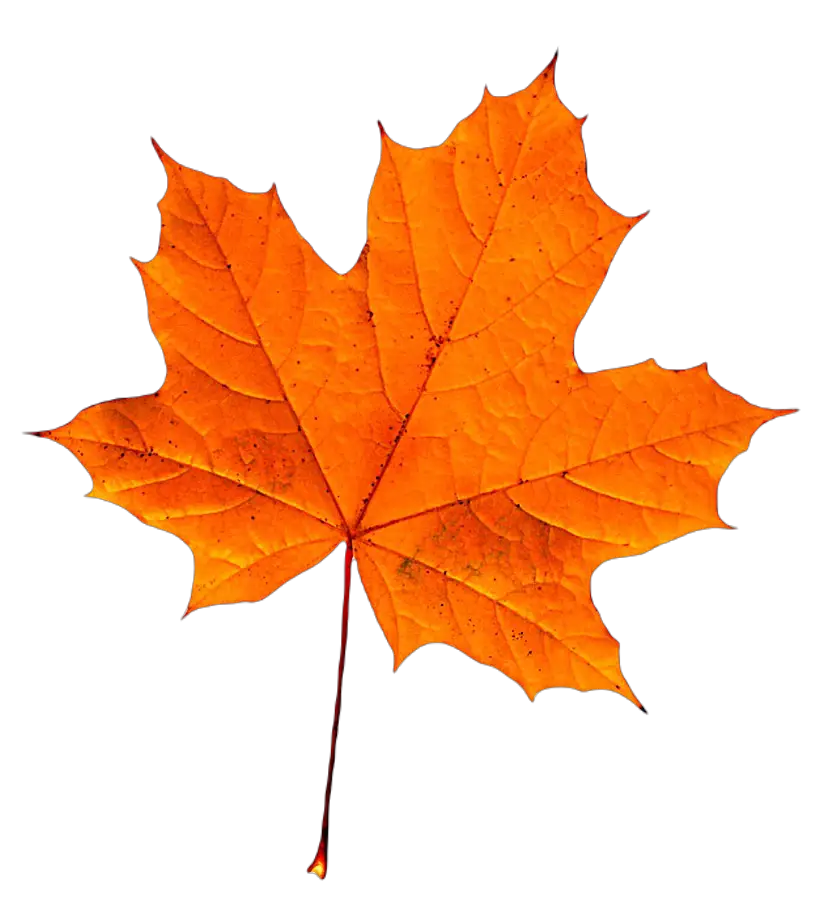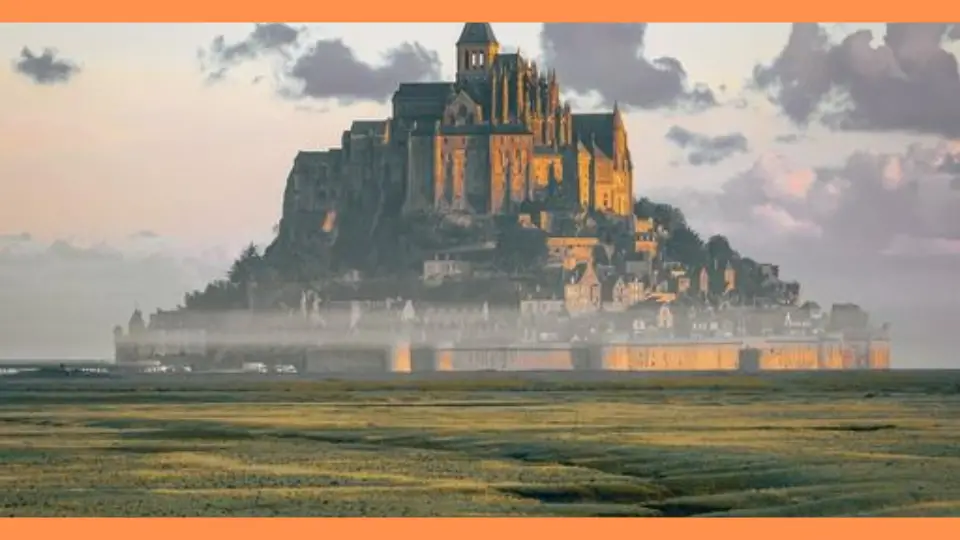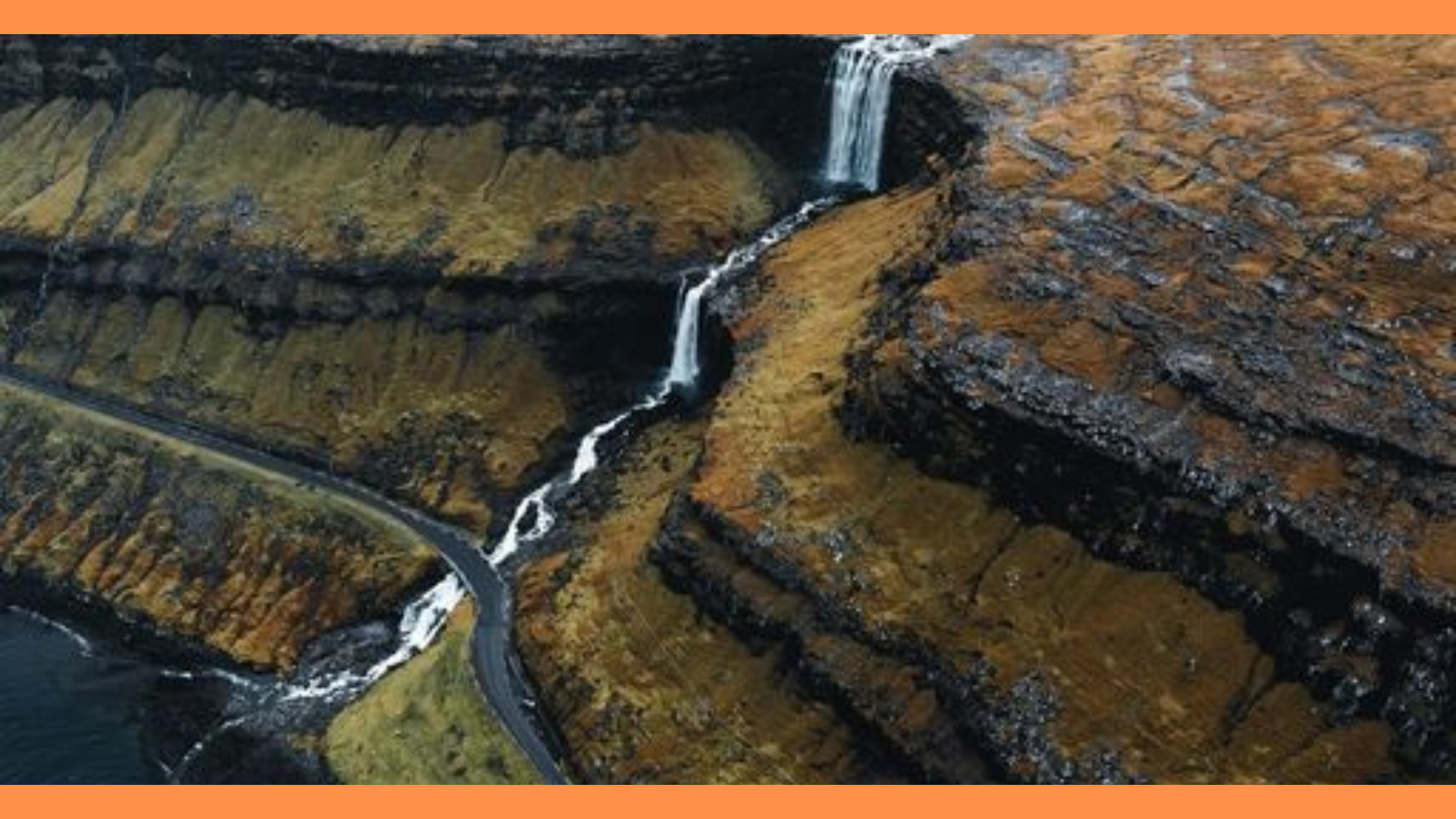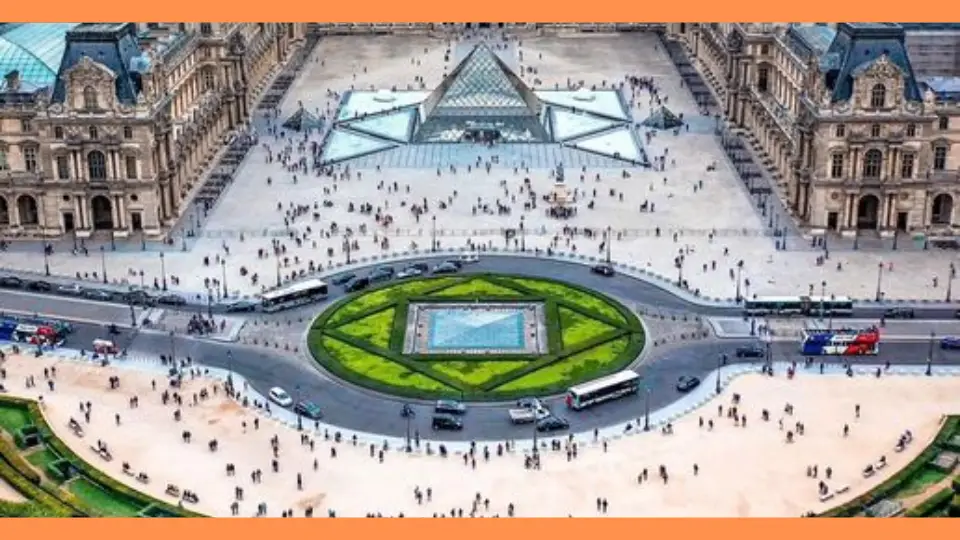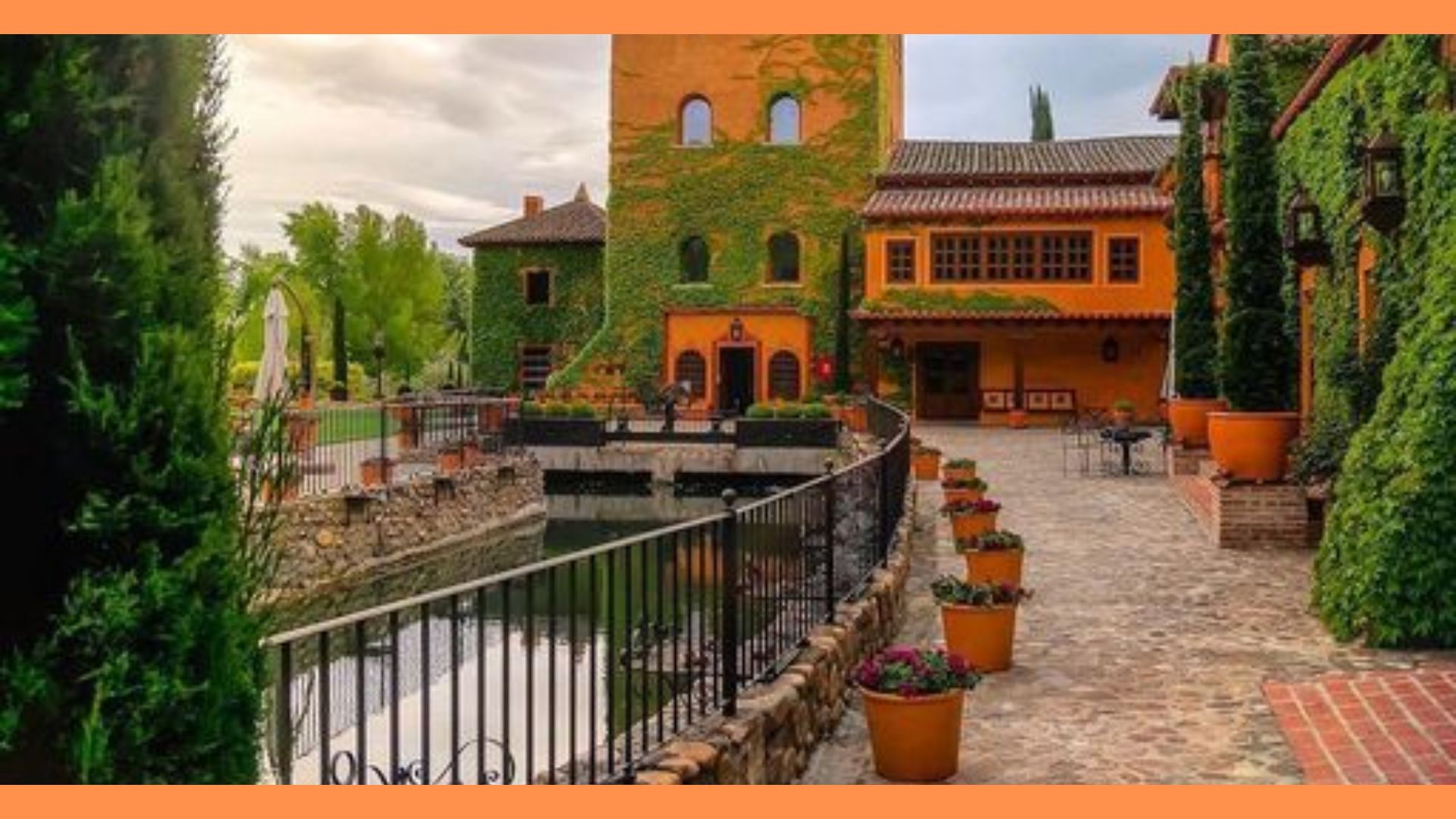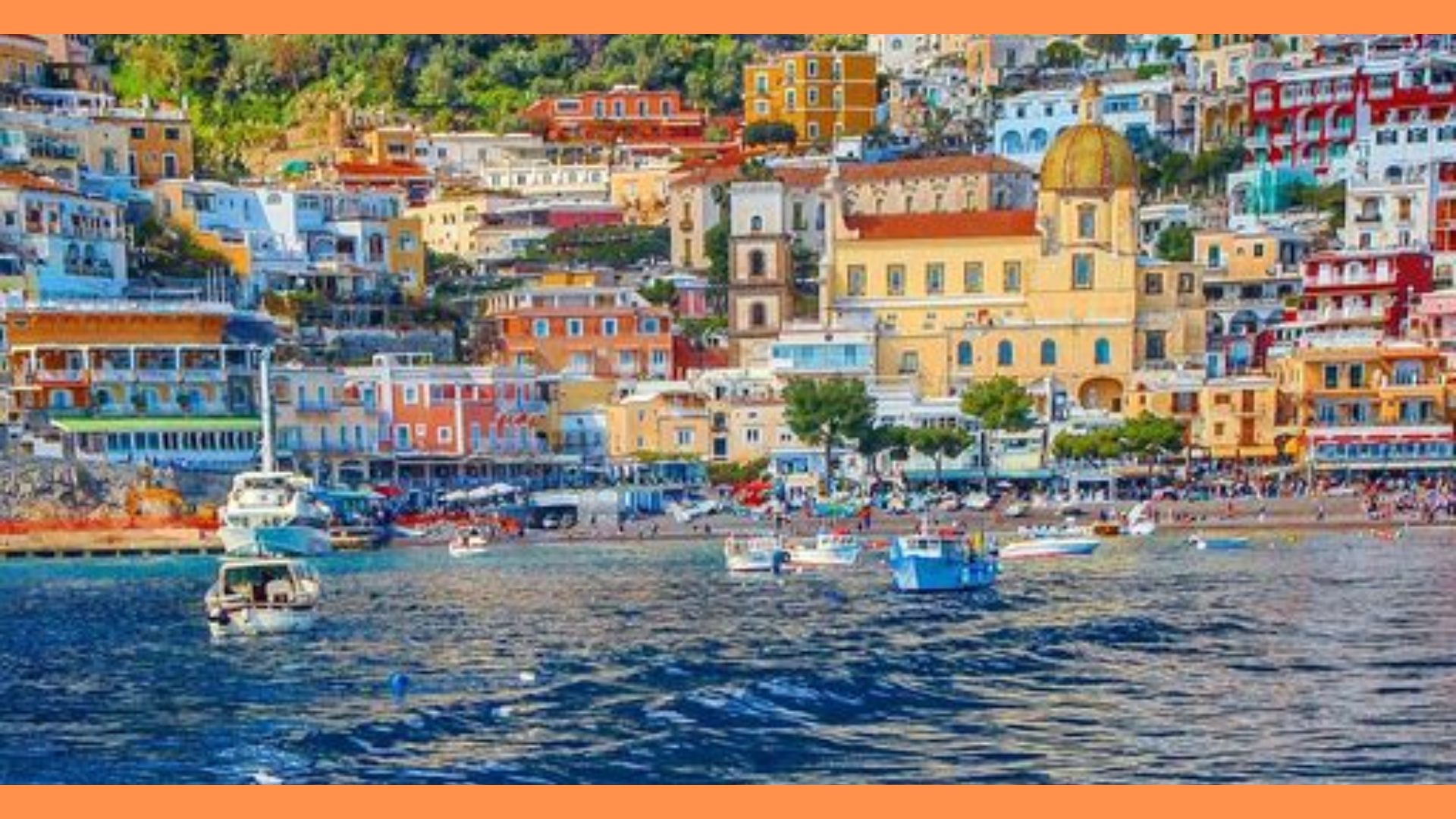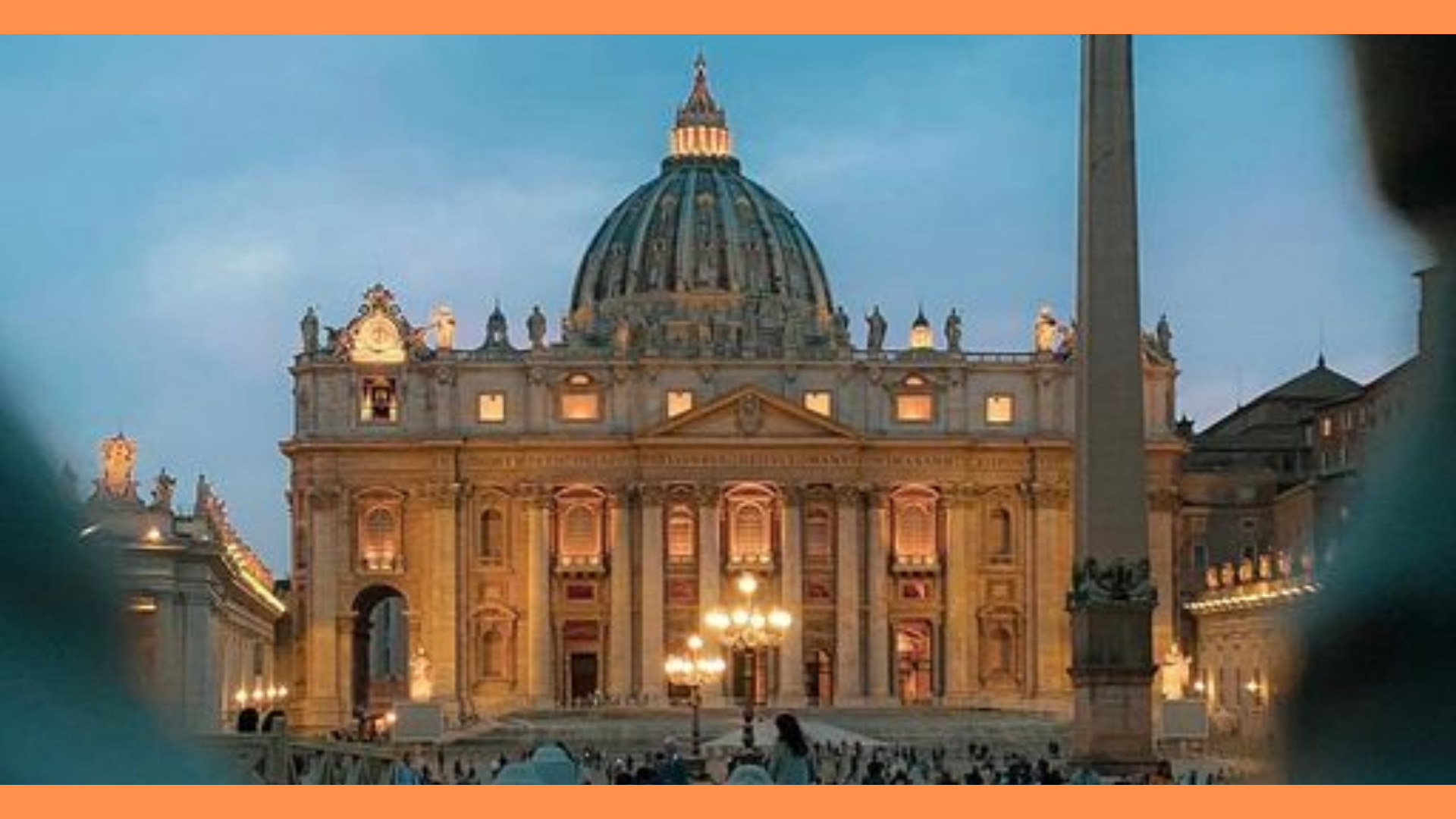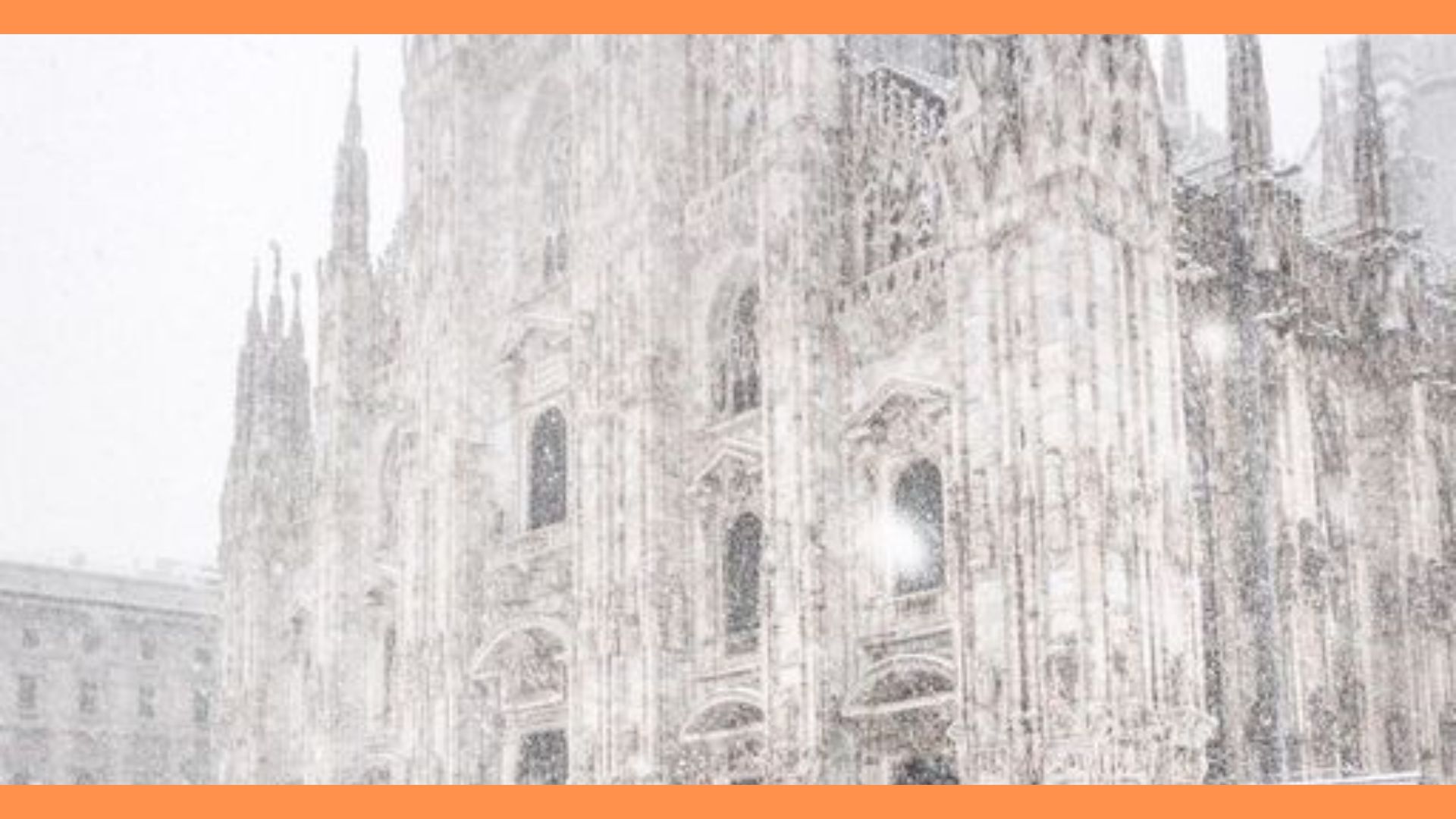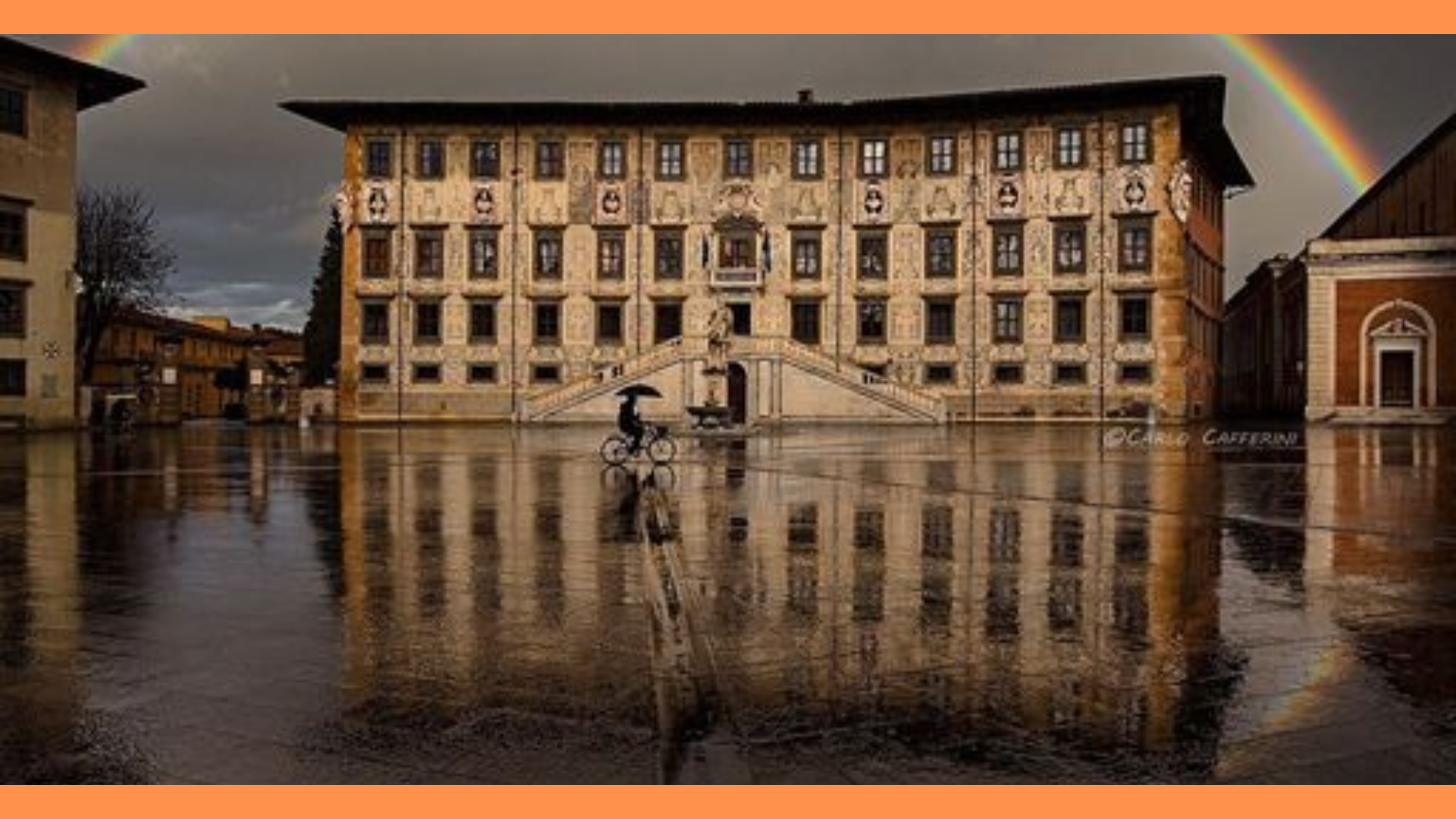Normandy, nestled in the northwest of France, is a region renowned for its captivating landscapes, rich history, and delectable cuisine. From iconic landmarks like Mont Saint-Michel to its celebrated culinary heritage, Normandy invites travelers to embark on a journey of discovery and gastronomic delight.
1. Introduction to Normandy
Normandy, with its picturesque landscapes and historic charm, offers a captivating blend of natural beauty and cultural richness.
1.1. Overview of Normandy’s geographical location and significance
Situated in the northwestern part of France, Normandy is a region renowned for its stunning landscapes, rich history, and cultural heritage. Bordered by the English Channel to the north and west, Normandy boasts a diverse terrain that includes dramatic coastlines, lush countryside, and picturesque towns. Its strategic location has played a significant role in shaping its history, making it a crucial battleground in various conflicts throughout the centuries. Today, Normandy’s natural beauty and historical sites attract visitors from around the world, offering a unique blend of coastal charm and cultural intrigue.
1.2. Brief history of Normandy
Normandy’s history is a tapestry woven with tales of conquest, intrigue, and cultural exchange. In the early Middle Ages, the region was inhabited by Celtic tribes before being settled by the Vikings, who established the Duchy of Normandy in the 10th century. Under the leadership of William the Conqueror, the Normans famously invaded England in 1066, forever altering the course of English history.
Over the centuries, Normandy flourished as a center of trade, art, and scholarship, with its rulers leaving behind a legacy of impressive architecture and artistic patronage. Despite enduring periods of conflict and turmoil, including the devastation of World War II, Normandy has emerged as a resilient and vibrant region, celebrated for its cultural contributions and enduring spirit of resilience.
2. Traveling to Normandy
Travel to Normandy is seamless, with convenient transportation options and straightforward entry regulations, ensuring a hassle-free experience for visitors.
2.1. Transportation options (airports, train stations, etc.)
Normandy is easily accessible by various means of transportation, offering convenience to travelers arriving from different parts of the world. The region is served by several airports, including Rouen Airport, Caen-Carpiquet Airport, and Deauville-Normandie Airport, providing domestic and international flights. Additionally, travelers can opt for train travel, with major cities like Rouen, Caen, and Le Havre having well-connected train stations that link to other parts of France and neighboring countries. The region’s extensive road network also makes it accessible by car, allowing for scenic drives through the picturesque countryside.
2.2. Visa requirements and entry regulations
For travelers planning a visit to Normandy, it’s essential to check visa requirements and entry regulations based on their nationality. As part of France, Normandy follows the Schengen Agreement, which allows citizens of many countries to enter for short stays (usually up to 90 days) without a visa for tourism or business purposes. However, travelers from certain countries may need to obtain a Schengen visa before arrival. It’s recommended to consult the website of the French Ministry of Foreign Affairs or the nearest French embassy or consulate to determine specific visa requirements and application procedures.
Upon arrival in Normandy, travelers must ensure they have a valid passport, which should typically have a validity of at least three months beyond the intended departure date. Additionally, visitors may be required to show proof of sufficient funds for their stay and a return or onward ticket.
2.3. Accommodation options (hotels, bed and breakfasts, etc.)
Normandy offers a wide range of accommodation options to suit every budget and preference. Visitors can choose from luxurious hotels, charming bed and breakfasts, cozy guesthouses, and rustic countryside cottages. Cities like Rouen, Caen, and Le Havre boast a variety of hotels ranging from boutique establishments to international chains, providing comfort and convenience for travelers exploring urban centers. For those seeking a more intimate experience, bed and breakfasts in picturesque villages offer personalized hospitality and a chance to connect with local culture. Additionally, rural retreats and self-catering accommodations provide tranquil settings amidst Normandy’s idyllic countryside, perfect for those looking to unwind and immerse themselves in nature.
3. Exploring Normandy
Exploring Normandy reveals a tapestry of historical landmarks, cultural experiences, and outdoor adventures, providing something for every traveler to enjoy.
3.1. Landmarks and attractions
3.1.1. Mont Saint-Michel
Perched on a rocky island just off the coast, Mont Saint-Michel is one of Normandy’s most iconic landmarks. This UNESCO World Heritage site boasts a stunning medieval abbey that rises majestically above the surrounding tidal flats. Visitors can explore the narrow streets and winding staircases of the historic village, admiring panoramic views of the coastline and marveling at the architectural marvels of the abbey.
3.1.2. D-Day Landing Beaches
Normandy’s D-Day Landing Beaches hold significant historical importance, marking the site of the Allied invasion of Nazi-occupied France during World War II. Visitors can tour the beaches of Omaha, Utah, Gold, Juno, and Sword, where thousands of troops landed on June 6, 1944. Memorial sites, museums, and cemeteries along the coast pay tribute to the bravery and sacrifice of those who fought in the pivotal Battle of Normandy.
3.1.3. Rouen Cathedral
The Gothic masterpiece of Rouen Cathedral is a testament to Normandy’s rich architectural heritage. This towering cathedral, immortalized in Claude Monet’s famous series of paintings, features exquisite stained glass windows, intricate carvings, and a magnificent facade adorned with sculptures. Visitors can admire the cathedral’s grandeur from both inside and out, experiencing the spiritual and artistic significance of this historic landmark.
3.1.4. Bayeux Tapestry
The Bayeux Tapestry is a remarkable piece of medieval artwork that offers a unique glimpse into Norman history. This embroidered cloth, dating back to the 11th century, depicts the events leading up to the Norman Conquest of England, including the Battle of Hastings and the crowning of William the Conqueror. Housed in the Bayeux Museum, the tapestry is a captivating storytelling device that continues to fascinate visitors with its intricate details and vivid imagery.
3.2. Cultural experiences
3.2.1. Museums and art galleries
Normandy is home to a wealth of museums and art galleries that showcase the region’s rich cultural heritage. From contemporary art exhibits to historical collections, visitors can explore a diverse range of artistic and historical treasures. Highlights include the Musée des Beaux-Arts de Rouen, the Musée de la Tapisserie de Bayeux, and the Musée Malraux in Le Havre.
3.2.2. Local festivals and events
Throughout the year, Normandy hosts a variety of festivals and events that celebrate its cultural traditions and artistic achievements. From music and theater festivals to culinary and historical events, there’s always something happening in Normandy. Popular festivals include the Deauville American Film Festival, the Rouen Armada, and the Bayeux Medieval Festival.
3.2.3. Historic towns and villages
Normandy’s historic towns and villages are steeped in charm and character, offering visitors a glimpse into the region’s past. From the half-timbered houses of Honfleur to the cobblestone streets of Beuvron-en-Auge, each town has its own unique atmosphere and architectural style. Visitors can wander through medieval streets, explore ancient churches, and discover hidden gems around every corner.
3.3. Outdoor activities
3.3.1. Coastal walks and hiking trails
Normandy’s picturesque coastline is ideal for outdoor enthusiasts seeking scenic walks and hiking adventures. From rugged cliffs and sandy beaches to tranquil estuaries and marshlands, the region offers a variety of landscapes to explore. The GR 223 coastal trail, also known as the Sentier des Douaniers, provides breathtaking views of the sea and access to secluded coves and coastal villages.
3.3.2. Beach activities
With over 600 kilometers of coastline, Normandy offers plenty of opportunities for beach activities and water sports. From swimming and sunbathing to sailing and surfing, there’s something for everyone to enjoy along the sandy shores of Normandy’s beaches. Popular seaside destinations include Deauville, Trouville, and Étretat, where visitors can soak up the sun and take in the beauty of the ocean.
3.3.3. Cycling tours
Cycling is a popular way to explore Normandy’s scenic countryside and charming villages. The region boasts a network of well-marked cycling routes, including the Avenue Verte and the Vélo Francette, which offer scenic views of rolling hills, lush meadows, and picturesque orchards. Whether cycling along coastal paths or through rural landscapes, visitors can experience the beauty of Normandy at their own pace.
4. Normandy Cuisine
Normandy’s cuisine is a reflection of its bountiful land and sea, offering a delectable array of traditional dishes and artisanal products that showcase the region’s culinary heritage.
4.1. Introduction to Norman cuisine
Norman cuisine is celebrated for its rich and diverse flavors, influenced by the region’s bountiful land and coastal resources. With its fertile farmland, orchards, and access to the sea, Normandy boasts an abundance of fresh and high-quality ingredients that form the foundation of its culinary heritage. Traditional Norman dishes are characterized by their simplicity, showcasing the natural flavors of locally sourced produce, meats, and seafood. From creamy cheeses to hearty stews, Norman cuisine reflects the region’s rustic charm and agricultural traditions.
4.2. Traditional Norman dishes
4.2.1. Camembert cheese
Camembert cheese is one of Normandy’s most famous culinary exports, known for its creamy texture and distinctive flavor. Made from cow’s milk and aged for several weeks, Camembert is typically enjoyed with crusty bread, fresh fruit, or as a complement to savory dishes. Its rich and buttery taste makes it a beloved ingredient in many Norman recipes and a favorite among cheese enthusiasts worldwide.
4.2.2. Norman cider
Norman cider is a traditional beverage made from fermented apple juice, prized for its crisp and refreshing taste. Produced in orchards throughout the region, Norman cider comes in a variety of styles, ranging from dry and sparkling to sweet and still. It is often served as an apéritif or paired with classic Norman dishes such as savory crepes, pork dishes, and cheese platters.
4.2.3. Moules marinières (mussels)
Moules marinières, or mariner’s mussels, are a beloved seafood dish in Normandy, featuring fresh mussels cooked in a flavorful broth of white wine, shallots, garlic, parsley, and butter. Served steaming hot with a side of crusty bread for dipping, moules marinières showcase the region’s abundant seafood resources and culinary expertise.
4.3. Popular local foods and drinks
4.3.1. Calvados (apple brandy)
Calvados is a renowned apple brandy that hails from Normandy, distilled from fermented apple cider and aged in oak barrels for several years. This amber-colored spirit boasts complex flavors of ripe apples, caramel, and oak, making it a versatile ingredient in cocktails and a sophisticated digestif. Calvados is often enjoyed on its own or paired with traditional Norman desserts such as apple tarts and crêpes.
4.3.2. Boudin noir (black pudding)
Boudin noir, or black pudding, is a savory sausage made from pork blood, fat, and spices, encased in a natural casing and typically served grilled or pan-fried. In Normandy, boudin noir is often flavored with apples or onions, adding sweetness and depth to this hearty dish. Served with mashed potatoes or caramelized apples, boudin noir is a comforting and satisfying Norman specialty.
4.3.3. Teurgoule (rice pudding)
Teurgoule is a traditional Norman dessert, similar to rice pudding, made from rice, milk, sugar, and spices such as cinnamon and nutmeg. Baked slowly in a low oven for several hours, teurgoule develops a rich and creamy texture with a golden-brown crust on top. Served warm or cold, this indulgent dessert is a comforting treat enjoyed by locals and visitors alike.
4.4. Dining options
4.4.1. Restaurants specializing in Norman cuisine
Normandy boasts a wealth of restaurants specializing in traditional Norman cuisine, where visitors can savor authentic dishes made with locally sourced ingredients. From cozy bistros to upscale dining establishments, these restaurants offer a taste of the region’s culinary heritage in a warm and inviting atmosphere.
4.4.2. Farmers’ markets and local producers
Farmers’ markets and local producers are excellent sources for sampling and purchasing fresh, seasonal ingredients used in Norman cuisine. Visitors can explore bustling markets in towns and villages throughout the region, discovering a wide array of fruits, vegetables, cheeses, meats, and seafood straight from the source.
4.4.3. Seafood restaurants
Given its coastal location, Normandy is renowned for its seafood restaurants, where visitors can indulge in a variety of fresh and delicious seafood dishes. From oysters and scallops to lobster and sole, the region’s restaurants showcase the best of Normandy’s abundant marine bounty, prepared with skill and creativity by talented chefs.
5. Culinary Experiences in Normandy
Culinary experiences in Normandy immerse visitors in the region’s gastronomic traditions, from hands-on cooking classes to indulgent food tours and tastings, providing a feast for the senses.
5.1. Cooking classes and workshops
Culinary enthusiasts visiting Normandy can immerse themselves in the region’s rich gastronomic traditions by participating in cooking classes and workshops. Led by experienced chefs and local experts, these hands-on experiences offer the opportunity to learn traditional Norman recipes and cooking techniques using fresh, locally sourced ingredients. From mastering the art of making Camembert cheese to perfecting the preparation of classic Norman dishes like moules marinières and tarte Normande, cooking classes provide a fun and educational way to explore the flavors of Normandy.
5.2. Food tours and tastings
Food tours and tastings are a delightful way to discover the culinary delights of Normandy, offering visitors the chance to sample a diverse array of local specialties and artisanal products. Guided tours lead participants through bustling markets, picturesque orchards, and charming villages, providing insights into the region’s food culture and culinary heritage. From tasting sessions featuring Norman cheeses, ciders, and calvados to exploring traditional bakeries and seafood stalls, food tours offer a sensory journey through the flavors of Normandy.
5.3. Visiting cider orchards and cheese farms
A visit to Normandy wouldn’t be complete without exploring its picturesque cider orchards and cheese farms, where visitors can learn about the traditional methods of production and taste the region’s renowned agricultural products. Guided tours of cider orchards offer the chance to observe the process of cider making, from harvesting the apples to pressing the fruit and fermenting the juice into cider. Similarly, visits to cheese farms provide insight into the art of cheese making, with opportunities to sample a variety of Norman cheeses, including Camembert, Pont-l’Évêque, and Livarot, straight from the source. These immersive experiences allow visitors to connect with the land and the people behind some of Normandy’s most beloved culinary treasures.
Normandy stands as a region of unparalleled beauty, history, and culinary excellence. Whether exploring its iconic landmarks, indulging in its rich gastronomic heritage, or simply soaking in its picturesque landscapes, Normandy offers travelers a truly unforgettable experience. From the dramatic cliffs of Étretat to the tranquil orchards of the Pays d’Auge, every corner of Normandy tells a story of resilience, cultural richness, and natural splendor.
